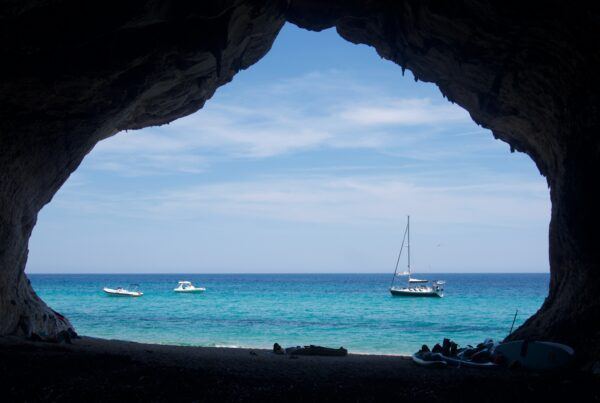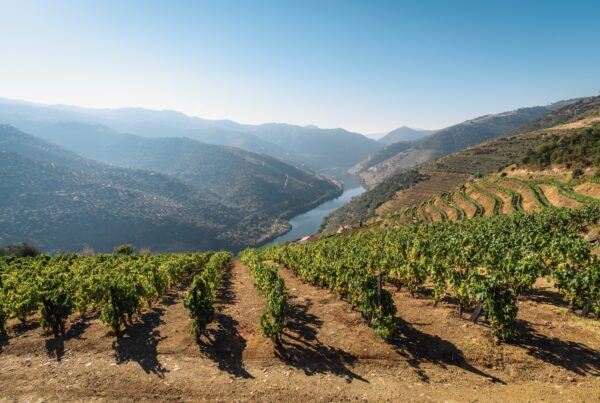Our very own Eros Poli has been back in action for inCycle TV, previewing what should be one of the most decisive days at this year’s Giro d’Italia.
With the help of the inGamba mechanical team, Poli headed to the Valle d’Aosta region in Italy’s extreme northwest to reveal the key points on this gruelling stage from Gravellona Toce to Cervinia.
It’s the first time that the Corsa Rosa has come to Gravellona Toce, but the finish in Cervinia will be very familiar to fans of Italian cycling. It first featured in 1960, when a little known Addo Kazianka beat the likes of Charly Gaul and Jacques Anquetil to take the biggest win of his career. Most recently, Movistar’s Andrey Amador won with a gutsy sprint to the line in 2012.
Undoubtedly the climb’s most famous moment happened in 1997, however, when Saeco’s Ivan Gotti used the climb to wrestle the maglia rosa from Pavel Tonkov. The Russian was the favourite that year, having also won in 1996, but he was put to the sword on the ascent to Cervinia by Gotti who overcame a 67 second deficit to give the local Tifosi something to cheer about.


This year, the 19th day of the Giro should again be decisive. It’s 236km in total, with around 4,800 m of climbing, most of which is tackled in the last 100km on three huge, back-to-back climbs. The St. Barthélemy ascent (20 km at a 5.6% gradient) comes first, followed by St. Pantaléon (a harsher climb: 16.5 km at a 7.2% gradient) and as the grand finale, the 19km-long climb to Cervinia, which has an average 5% gradient but ramps up to 12% in places.
Here’s what Eros has to say about it.














